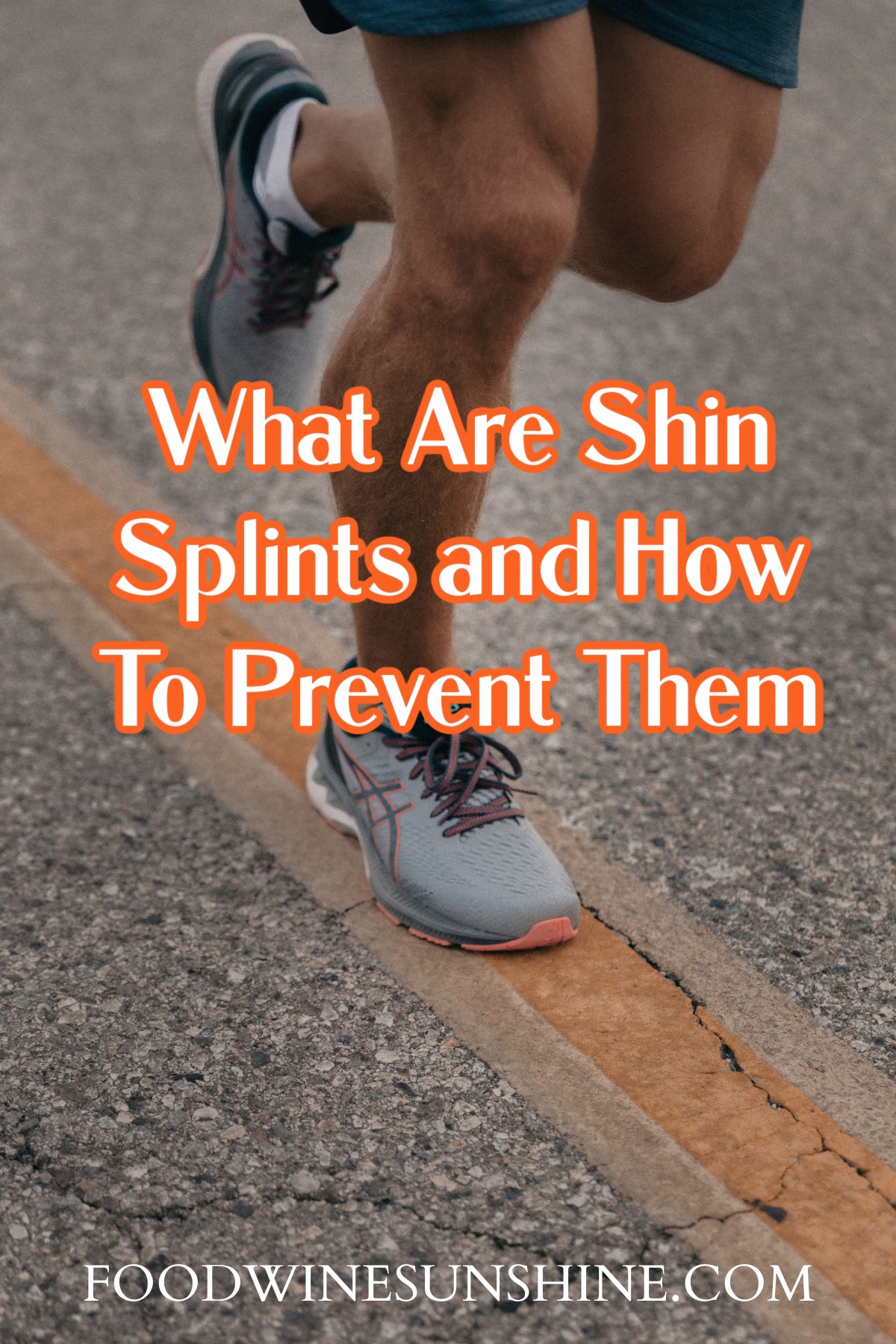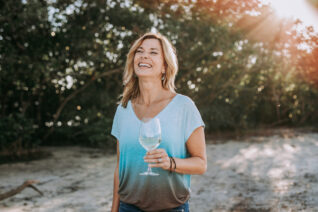This post may contain affiliate links, please read our disclosure policy.
This article will focus on the nature of shin splints, how they occur, and how to prevent them. So, what are shin splints? Let’s find out!
What Are Shin Splints And How To Prevent Them
Both new runners and seasoned veterans of the sport have likely heard of the dreaded “shin splints.” However, most people don’t know what exactly shin splints are, why they occur and how to prevent them; and most importantly, the best ways of mitigating or completely eradicating them.
I used to get the worst shin splints when I ran track in high school. I am talking about crippling, can’t walk, tears rolling down my face shin splints. I used to have to tape my legs. It was absolutely horrible. Thankfully, I learned how to prevent shin splints…or at least lessen my chances of getting them as frequently.
What Exactly Are Shin Splints
“Shin splints,” in its most commonly used sense, refers to pain around the shin area of the leg. The medical term for this is tibial stress syndrome (either medial TSS or anterior TSS, depending on the specific area).
The shin, specifically, is the bone that stretches between the knee and foot (on the other side of the calf muscle). The pain actually results from muscle stress around the shin bone, not from the bone itself. Shin splints can run the gamut regarding severity, anywhere from a slight nagging ache that goes away when the muscles are warmed up to an intense pain that does not go away.
The pain can occur in the form of an aching sensation, a stabbing sensation, or even a throbbing sensation. Shin splints are not the same thing as a stress fracture – a small crack in the bone. A stress fracture is usually a more serious condition. If the pain is intense and perpetually present (even minimal walking causes you much pain, and/or warming up the muscles does not do any good) – see a doctor because it might be a stress fracture or some other type of shin-related injury.
Why Do Shin Splints Happen
Shin splints may be caused by many factors, such as an abrupt change in running intensity, mileage (the distance usually run), the surface run on, the shoes, improper stretching, and/or some sort of non-running related trauma. Adhering to the following basic principles will help every runner have a happy running life, free of shin splints.
How to Prevent Shin Splints
Running Intensity/Mileage: Thou shalt not increase mileage and intensity at the same time. In other words, if you are planning on running 50 miles next week instead of your previous 40, don’t add any intensity to what you were running at 40. Your body first needs to get adjusted to running an average increased distance.
Surface: Ideally, thou shalt run on soft surfaces (grass, bark, soft dirt) when possible, or between 3-5 times per week. However, run on a firm surface (asphalt, firm dirt, track) 2-3 times per week to keep speed and muscle memory up.
Shoes: Wear running shoes only, and replace the shoes when their expected life is up or when they feel like they have lost cushioning. All running shoes’ lifespan is based on a mileage estimate. However, you may feel that the shoe is either done a hundred miles short of the estimate or that it can go on for much longer.
Stretching: Always stretch after finishing the run and never stretch cold muscles; therefore, if you want to stretch before you run, warm-up first. It is not always necessary to stretch before the run, but you should always warm-up for at least a mile before doing any high-intensity running. And don’t forget to stay hydrated!
Trauma: Don’t let it happen. Just be smart! This is where common sense comes in. Be careful, listen to your body, eat well, and rest as needed.
Following these principles should help avoid all types of injuries.
Have you ever had shin splints?
Be sure to check out all my healthy lifestyle tips and recipes and follow me on Facebook, Twitter, Pinterest, and Instagram for more fitness motivation tips.









Comment section